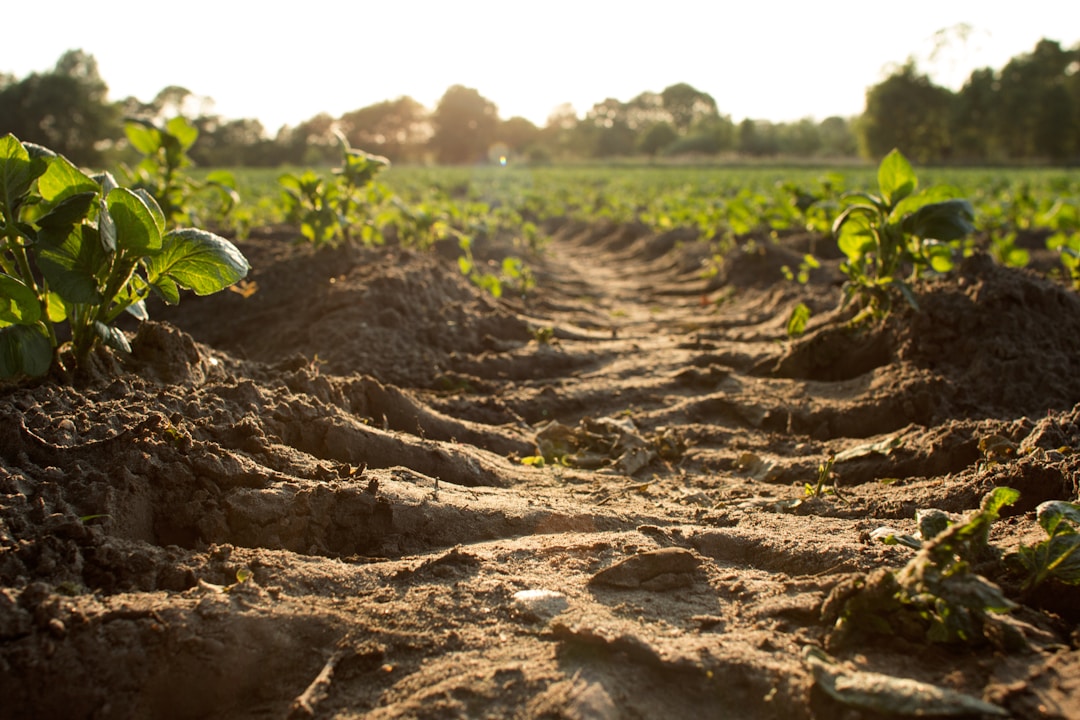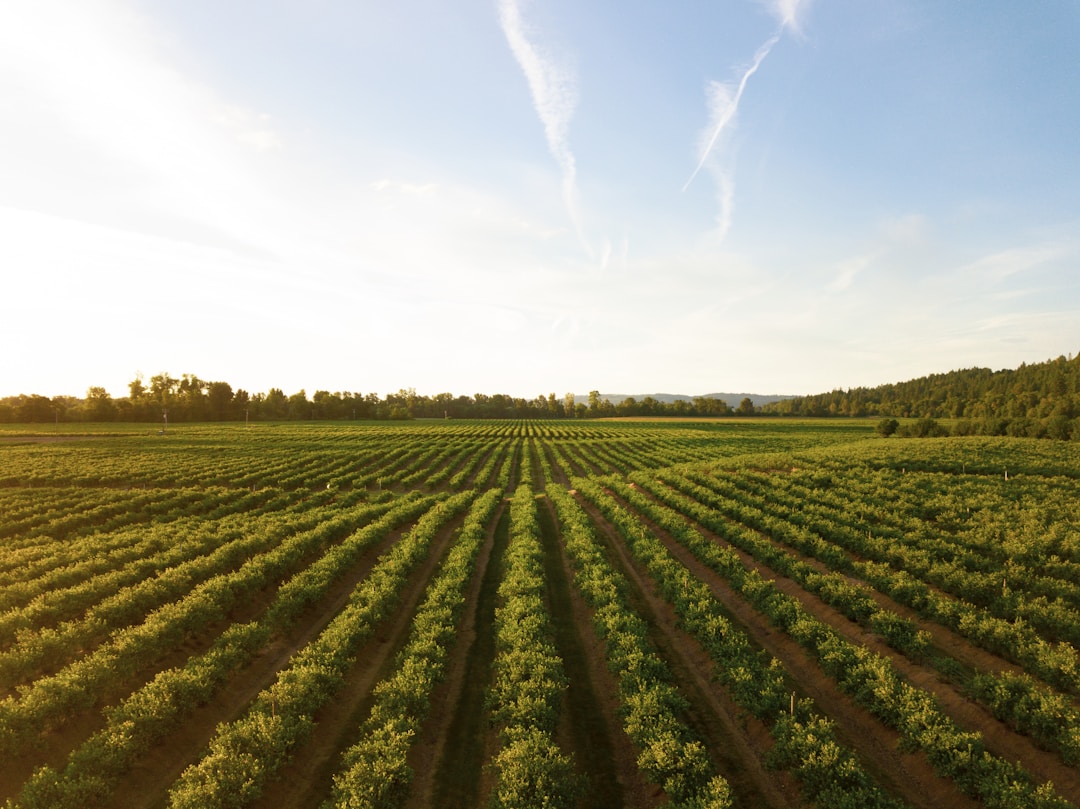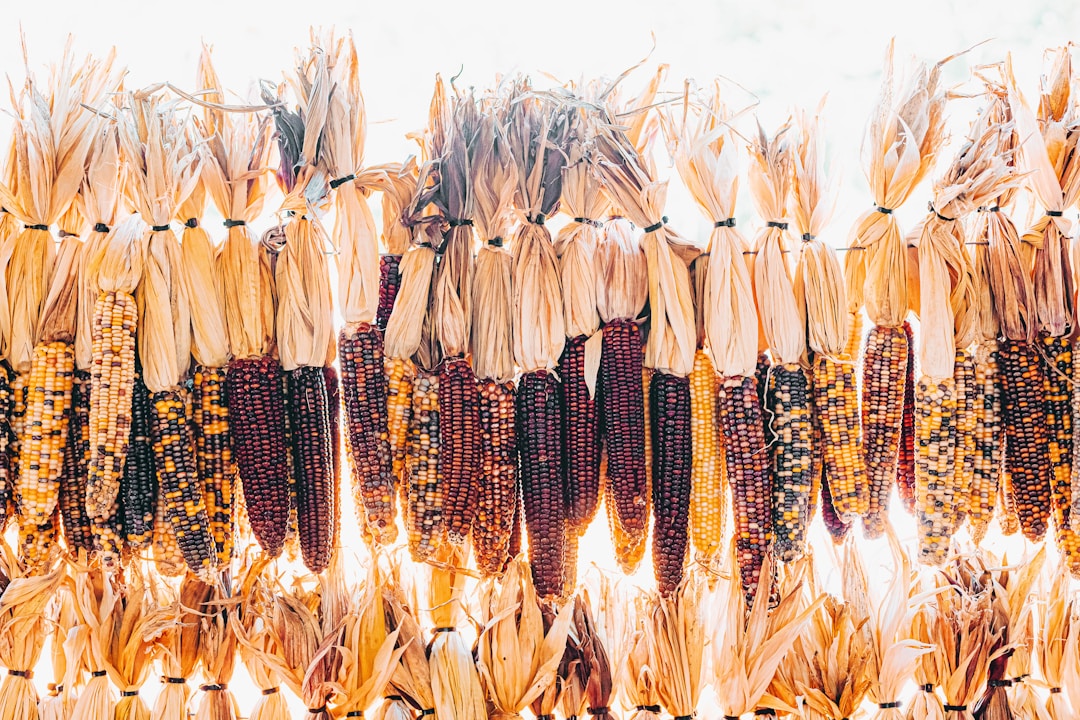A group of young children play beneath the remains of an old hut, claimed by storms and rising sea levels. The effects of climate change and environmental degradation will put millions of Filipinos at risk throughout the coming years. Photograph © Jurgen Freund / WWF-Philippines
A document draft outlines the Philippines’ Nationally Determined Contributions (NDCs) - our commitments to combating climate change and environmental degradation. The draft indicates a 75% target decrease in emissions. We welcome this ambitious goal - but in the fine details, it is not enough, with only a 2.71% emission cutback hardcoded into our plans. We need to achieve that 75%. We need to meet the commitments we’ve set down on paper, and we need to start working towards them today.
The United Nations have dubbed the 2020s as the Decade of Action. Yet we’re running short on time, with under nine years left and not a single Sustainable Development Goal met. The Decade of Action is a call for all nations of the world to deliver on the SDGs. Part and parcel of these goals is climate action, and by the year 2030, should certain reduction milestones not be met, we will be right on the path toward terrible climate catastrophe.
In response to the Decade of Action and central to the Paris Agreement, each nation has its own NDCs. The NDCs are both a plan and a sign of commitment. Each one states reductions that a nation plans to make to its carbon footprint while outlining steps and actions to be taken towards realizing those goals. Every five years a global stocktake is held, where each nations’ NDCs are examined against meeting the Paris Agreement objectives. Here, big goals and good plans shine bright.
Our own NDC, as per the latest draft, pushes for a carbon emissions reduction and avoidance of 75% from 2020 to 2030 for the sectors of agriculture, wastes, industry, transport, and energy. The draft even includes an aspirational target of peaking emissions by 2030 as the country moves to accelerate the attainment of its sustainable development goals and the just transition of all sectors into a green economy. But only 2.71% of that target is unconditional, which is to say, set in stone in the governments’ plans and will be undertaken in any case. While the lead sectoral agencies such as the Climate Change Commission, the Department of Energy, the Department of Finance, the Department of Transportation, and the Department of Interior and Local Governments have made serious positive developments in advancing climate action, much still needs to be done. The remaining 72.29% of the proposed NDC target is dependent on external and internal mechanisms, and though some government policies and measures are included, these have only been included conditionally in the draft NDC. This, we find, needs work.
In setting a low unconditional commitment, despite the bold climate ambition, we are sending a mixed message that climate action is not a priority for our nation. For a country heavily reliant on natural resources and highly vulnerable to environmental risks, this is not a good message for us to be sending. Millions of Filipinos live by the sea - they will be displaced as sea levels rise. Millions rely on coastal resources, and millions more on the fruits of our farms - all these, too, are under threat. The threats our country faces today are so grave as to be existential, and nothing less than utmost priority and commitment to the environment is what is needed now.
We at WWF-Philippines are calling on the government to increase its 2% unconditional commitment. In increasing our unconditional commitment, we send a better signal both across the country and overseas that we are giving utmost priority to the fight against climate change and environmental degradation. That is what we need now - to stand firm in ensuring the futures of all Filipinos.
But what can we do to achieve these ambitious commitments? In truth, the government has set down the groundwork that should help us reach our goals. We can use that groundwork as a staging point for our climate actions.
We can start, first, by situating the environment in our national development plans. Important as the broad commitments may be, the fine details should incorporate the protection of habitats and natural resources if we truly want a sustainable future for our country. As we speak for nature, projects that promote emission reductions should also incorporate local voices, and must not cause additional harm to communities and to nature.
The World Wide Fund for Nature has a checklist of criteria that ought to be entrenched in our NDC plans. There are twenty criteria, which you can check out in detail here, but there are five broad categories: ambition (in mitigation, adaptation, and finance); fostering systemic change; inclusiveness and participation; contribution to sustainable development; and provisions for tracking progress.
There are many existing government plans where NDC and environmental considerations must be included. Ambisyon 2040, for example, details the goals our country is working towards over the next two decades, while the National Renewable Energy Plan is working toward a future that is 35% powered by renewables by 2030. It is important, now, for us to sit down and to examine these plans in light of changing climates and degrading environments and with respect for local and indigenous communities if we are to be prosperous well into the future. Our NDC must be incorporated in the country's plans for green recovery as a systemic transition should already be set in motion.
Environmental considerations should be interwoven throughout all parts of the plans, as opposed to being siloed and treated as independent.
Secondly, we must make sure that our plans for achieving the NDC are outlined, transparent, and democratic. Achieving the NDC goals is a multi-sectoral, multi-stakeholder task. For us to achieve them, they must be drafted in such a way that it is quick and easy for agencies, businesses, local governments, and civil society to incorporate them into their plans and business models. The roles of businesses and local governments in meeting our NDCs should also be made clear, to spur them toward taking climate action, and to help enable our national plans. The best plans are born from local knowledge and capacities, too - therefore our NDCs must be crafted to allow democracy to thrive and to dictate their direction.
Thirdly, we must prioritize our complete transition towards a green economy. The pandemic has proven the need for us to rethink the way society has been designed. Extractive industries have exposed us to all sorts of environmental risks, from storms to worldwide pandemics, and there is a need for us to properly structure our economy around the environment. Adopting science-based targets and strategies for nature and climate should be employed to guide economic recovery investment and spending decisions. Launching green jobs, expanding sustainable mobility options and rolling out environmental financing initiatives that support green and just transition efforts, among others, will help us safeguard our natural resources and, in turn, our well-being without sacrificing the economy.
Lastly, we need the collaboration of all sectors of Philippine society to help realize our national commitments. The Nationally Determined Contributions are exactly that - national commitments. Local governments, businesses, and even individual Filipinos then have a responsibility toward realizing these commitments. At the end of the day, all Filipinos will feel the effects of a changing planet - so, too, should all Filipinos be committed to safeguarding our nation.
This is not a reprimand of what our government has committed to. Again, we welcome this goal to cut back on our emissions by 75% but we ask to remove the conditions that would become tomorrow’s excuses for failing in our commitment. We encourage everyone - the government, both national and local, businesses both big and small, individuals from all walks of life - to help us take our commitments even further and to act upon them. This is not for posterity, not for the sake of building a legacy for the Philippine nation, but for ensuring the survival of each and every Filipino. This is the battle for all of our lives and all lives to come, and we’re running out of time.
by Atty. Angela Ibay, WWF-Philippines Head of Climate and Energy
































 Ross is known as the Pambansang Blogger ng Pilipinas - An Information and Communication Technology (ICT) Professional by profession and a Social Media Evangelist by heart.
Ross is known as the Pambansang Blogger ng Pilipinas - An Information and Communication Technology (ICT) Professional by profession and a Social Media Evangelist by heart.











